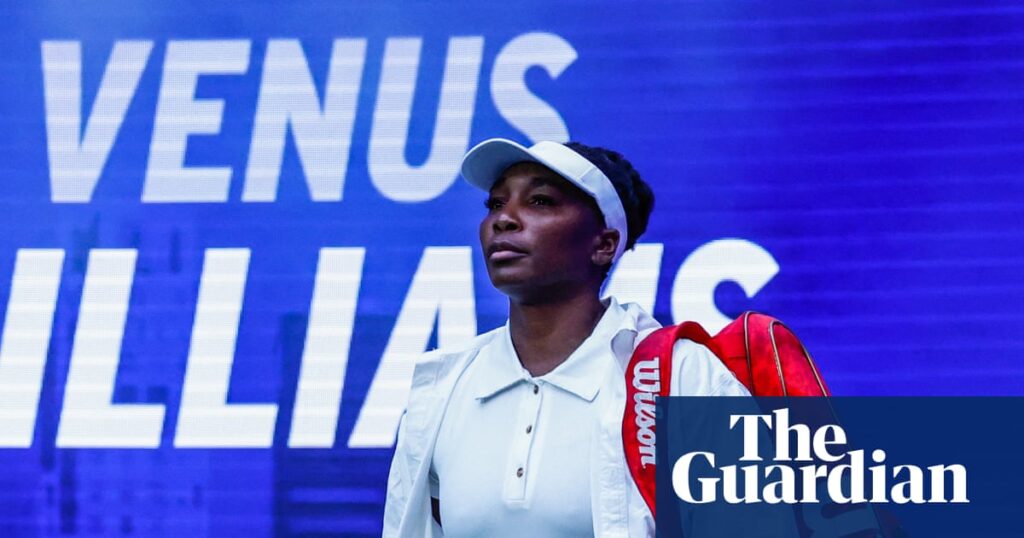
At this year’s US Open, 45-year-old tennis legend Venus Williams took to the court in doubles, partnering with a teammate who wasn’t even born when Williams clinched her singles gold at the Sydney Olympics. In a sport where peak performance typically occurs in the mid-20s, Williams’ ongoing presence at major tournaments is remarkable. Yet, her prolonged career is part of a growing trend among elite athletes.
Basketball icon LeBron James recently made history as the first NBA player to compete from his teens into his 40s. Similarly, Australian basketballer Lauren Jackson defied expectations by participating in her fifth Olympics at age 43 last year. Meanwhile, 50-year-old Uzbek gymnast Oksana Chusovitina is aiming for her ninth Olympic appearance, and in Japan, Kazuyoshi Miura continues to play professional football at 58.
The Science Behind Athletic Longevity
These achievements are astounding, especially considering that most people begin to experience declining muscle mass, reaction times, cognition, and stamina as they age. Yet, these athletes continue to perform at levels that challenge the limits of the human body. According to Associate Professor Christina Ekegren, a physiotherapist and researcher at Monash University in Melbourne, the longevity of these athletes is a combination of genetics, environment, and lifestyle.
“The Williams sisters, for example, no doubt have great genes, but they have also maximized their potential,” Ekegren explains. “Venus and Serena have trained at a high level from a young age, establishing a strong base of fitness and strength.” Serena retired at 40 after a stellar career, while Venus remains the oldest singles competitor at the US Open this year.
Adapting to Aging Bodies
Sports and exercise physiotherapist Ben Herde from Grand Slam Physiotherapy in Melbourne notes that these athletes are strategic in their approach to aging. “One of the normal processes of aging is sarcopenia, or the gradual loss of muscle mass,” he says. “However, strength training can combat this decline, and athletes who continue to train maintain increased power and function.”
“If you compare that to someone who’s not training versus training, just that increased muscle mass will obviously give not only increased power and function, but it will offset the loads that go through the cartilage and the bones and even the neural structures.” — Ben Herde
Older athletes also adapt their game to suit their changing bodies. They may choose competitions more selectively or alter their playing position to reduce physical demands. “In Australian rules football, for example, older players might move from a dynamic midfield role to a less demanding forward line position,” Herde adds.
The Role of Recovery
Despite their maintained strength and agility, older athletes face a higher risk of injury, and recovery takes longer. Professor Jeremiah Peiffer, an exercise science expert at Murdoch University in Perth, emphasizes the importance of recovery in extending athletic careers.
“A lot of this longevity within sport is because people are able to give the time necessary to recovery. The more time you can give to recovery, the more likely your body’s going to adapt appropriately.” — Prof. Jeremiah Peiffer
Football star Cristiano Ronaldo, still playing at 40, credits scheduled recovery sessions for his sustained performance, as reported by Men’s Health.
Balancing Risks and Rewards
While these athletes follow health advice to the extreme, there are risks involved. Prolonged high-volume training can lead to irregular heart rhythms and musculoskeletal issues like osteoarthritis, particularly in athletes with prior injuries.
Despite these challenges, Ekegren believes it’s crucial to see older athletes excel, inspiring others to maintain physical activity. “We have this stigma in society that we can’t achieve to the same extent as we get older,” she says. “But that’s really untrue, and it comes down to how much you’re doing in your daily life.”
Looking Ahead
As more athletes push the boundaries of age and performance, their stories offer valuable insights into the potential of the human body. With advancements in sports science and a greater understanding of recovery and training, the possibility of prolonged athletic careers continues to grow. This trend not only reshapes the landscape of professional sports but also challenges societal perceptions about aging and physical capability.





